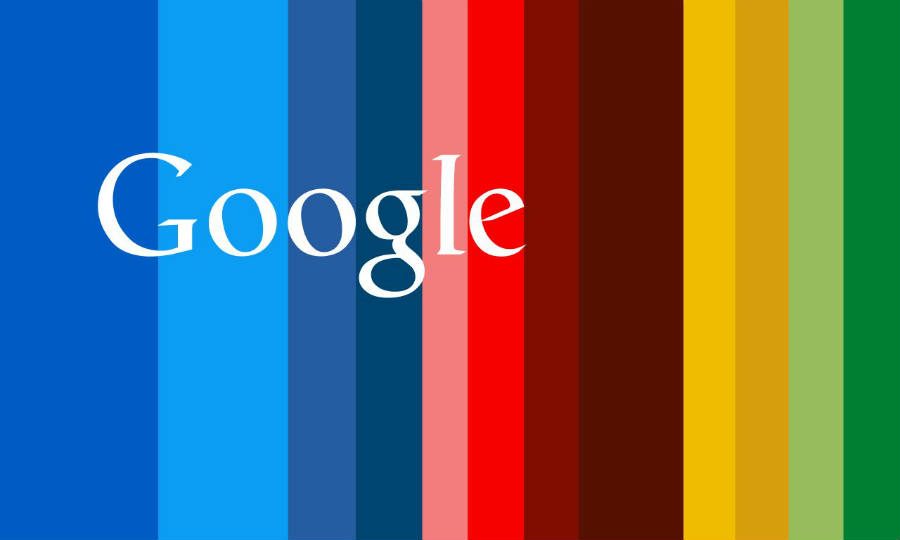Google (NASDAQ: GOOGL) recently launched the Google Neural Machine Translation system (GNMT) into its Google Translate program. The new method will boost the translation accuracy of the service. It will also replace its previous Phrase-Based Machine Translation system (PBMT).
Google Translate was born ten years ago with the key phrase-based algorithm running it. The service has improved over time thanks to advances in machine intelligence. However, the GNMT will take it to the next level.
The PBMT treated each phrase or word as stand-alone components. Meanwhile, the GNMT uses machine learning and neural networks to translate whole sentences as well as consider phrases within them.
Google’s free multilingual statistical machine translation service can translate text, speech, images, sites, or real-time video from one language to another. Last year, the search giant tested neural networks to enhance the speed and quality of real-time video translation.
How do neural networks work?


Neural networks get modeled after neurons found in the human brain. They can identify spoken commands from users. The system can also recognize the people or places that appear in a picture.
Google Translate uses a deep neural network called long short-term memory (LSTM). Like with human memory, it can retain information in both the short and the long term. Hence, the new system can remember all parts of a sentence instead of only phrases and words.
The search giant admitted that the GNMT still needs further improvement for it to match human translators. However, according to Google, the method will reduce errors by 60% in certain languages. Common mistakes include mistranslation of proper nouns, and translating sentences without taking into consideration the context of a page or paragraph.
Google launched Google Translate in 2006
Google Translate first appeared as a rule-based machine translation assistant. A year later, it became the statistical machine translation service it is now. It offers a web interface as well as mobile interfaces for Android and iOS.
Additionally, it has supported a paid API for software developers since 2011. They can use the API to build browser extensions, applications, and other software. As of September 2016, Google Translate is available in 103 languages and has more than 200 million daily users.
It also features the Translate Community. The platform intends to improve the Google Translate service. Volunteers can choose up to five languages and contribute by improving the translation.
Despite its numerous limitations, Google Translate won an international competition shortly after its launching. The contest centered on English–Arabic and English–Chinese machine translation.
Source: Google Research Blog


